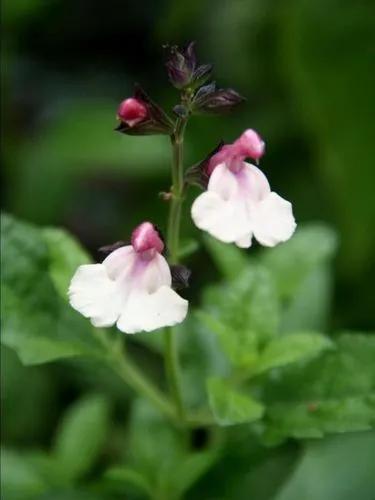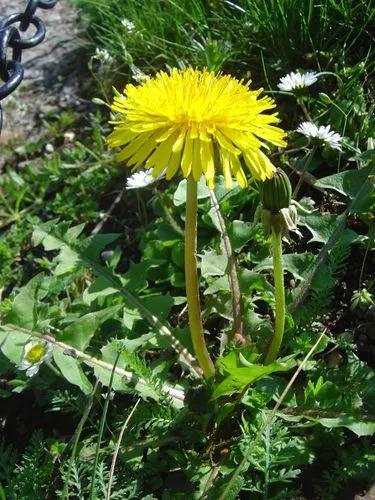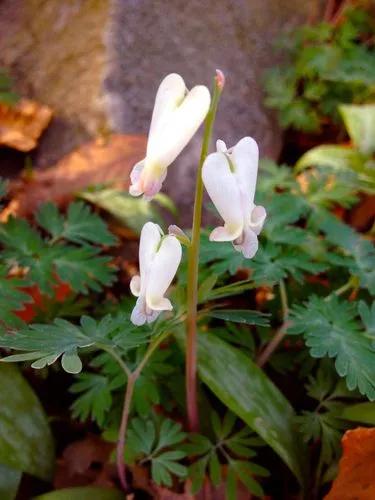We are sure you are already familiar with rosemary. This herb is everywhere in oils, seasonings, etc. And you can grow this lovely plant by yourself!
Rosemary Care
Rosmarinus officinalis



This fragrant plant has a fascinating look with needle-like leaves and blue flowers. That’s why sometimes it is used for decorative purposes. Mostly it is linked to Mediterranean cuisine, where it is widely used. And it’s popular not only because of its taste or smell but also for being beneficial for health since rosemary improves blood circulation, cognitive abilities, etc.
How to Care for the Plant

Water

It’s better to under-water than over-water the plant. Because rosemary is drought tolerant once it is established, let the plant dry out between the waterings and keep the soil moist but not soggy!

Pruning

Pruning is necessary to maintain the shape of the plant. But do it once the plant has finished flowering.

Fertilizer

This plant doesn’t require regular fertilizing. But you can use balanced liquid fertilizer to promote its growth.

Sunlight

This herb requires at least six hours of full sun a day, so place it on a south-facing window if you can.

Soil

For rosemary, well-draining loamy or sandy soils are the best.

Propagation

Cutting is the easiest way to propagate rosemary. And here’s the nice bonus – it’s not only easy and cheap but also can encourage bushier growth.

Temperature

This shrub is into warmth, so their preferred temperature range is between 55 and 80 F (12-26 C). Temperatures below 30 F (-1 C) are dangerous for rosemary.

Container

Before choosing a pot, make sure it has a drainage hole. When it comes to size, it needs to be with a diameter of about 12 inches (30 cm).

Fun fact

This herb is associated with memory and recollecting. For example, in the Spanish fairy tale ‘The spring of Rosemary,’ the main character touches rosemary, and it restores his magically lost memory. And it was similar for a lot of Europeans and Australians because they used this herb as a symbol of remembrance of death.

Popularity

37,213 people already have this plant 8,151 people have added this plant to their wishlists
Discover more plants with the list below
Related articles






